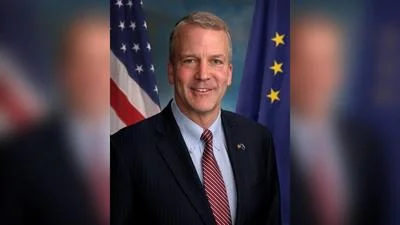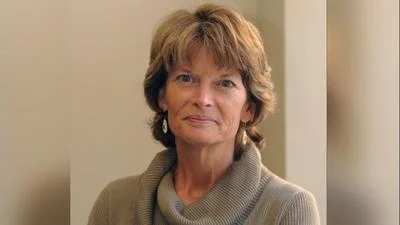U.S. Senator Lisa Murkowski | Lisa Murkowski Official website
U.S. Senator Lisa Murkowski | Lisa Murkowski Official website
U.S. Senators Lisa Murkowski and Dan Sullivan, alongside Congressman Nick Begich, hailed a $25 million investment by the Federal Aviation Administration (FAA) aimed at enhancing aviation safety in Alaska. This funding, part of the FAA’s Don Young Alaska Aviation Safety Initiative (DYAASI), stems from a provision by Senator Sullivan in the 2024 FAA Reauthorization Act that allocates $25 million annually from fiscal years 2025 through 2028 for this initiative.
The DYAASI was created in response to a 2020 National Transportation Safety Board (NTSB) report highlighting Alaska’s high rate of aviation accidents. The initiative focuses on funding improvements for critical safety systems.
The FAA also announced an expansion in the use of satellites from four to 16 testing sites in Alaska. This expansion aims to enhance connectivity particularly in remote weather monitoring locations.
"Don Young spent his 49-year career fighting to make aviation safer for Alaskans – and we continue to build on that legacy," stated Senator Murkowski. She emphasized the importance of the investment for upgrading weather reporting systems and praised the FAA's commitment to aviation safety in Alaska.
Senator Sullivan pointed to the essential nature of aviation in Alaska, noting that many rural areas either suffer from poorly maintained or lacking safety infrastructure. "This amplifies the risks in a state that already has unacceptably high rates of aviation accidents and fatalities," he said, asserting that this investment marks a significant step towards improving aviation safety.
"Alaska must be the gold standard in aviation safety," Congressman Begich remarked. He underscored the significance of modernizing aviation infrastructure as critical to supporting the daily needs of Alaskans and commended the FAA's initiatives.
The NTSB's report identified that over a decade, Alaska's total aviation accident rate was over twice that of the U.S. average. The fatal accident rate was also significantly higher. The DYAASI, formed following these findings and the Alaska Aviation Safety Summit, seeks to address these challenges through comprehensive improvements.






 Alerts Sign-up
Alerts Sign-up